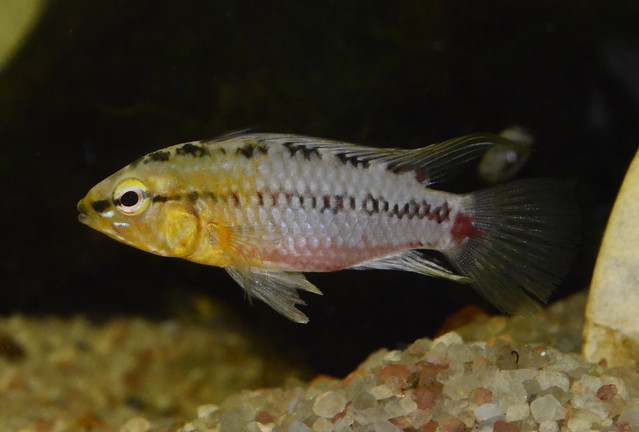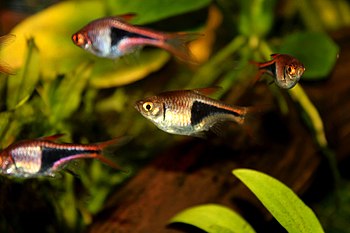Everyone wants his fish to be disease free and it is painful to see any creature suffer. It is also a fact that if you have one sick fish, without isolation and care, pretty soon all of them will or may be sick. This can be especially disastrous if you have a pond full of koi fish or other expensive ornamental fish.
If you suspect you have a sick fish, there appear to be three separate things you have to do: Recognition, separation and treatment. One without the other two leaves you with either one sick fish or a pond full of sick fish.
 |
| Fish Pond Fish Pond (Photo credit: Wikipedia) |
How Do You Cure Fish Disease?
1. Learn to recognize the symptoms that indicate your fish may be sick.
There are several types of bacteria, parasite, fungi, and other illnesses common to most fish. Some of these diseases are also common to other tropical fish and cold water fish. It is a good thing to get to know the common diseases and review the symptoms, so you can quickly recognize them in your fish.
You're may not recognize the symptoms of all the diseases right away, but knowing when something is wrong with your fish is the first step toward helping the recover and protecting your pond.
Most disease can spread through pond water very quickly. So, instead of just one diseased fish, without treatment, you may soon have a pond full of them.
Depending on the type of disease and the circumstances surrounding it, there's the very real possibility that you could lose your entire pond of the beautiful fish you love. It's not fair to the other fish, it is not fair to you and it may be totally unnecessary.
No matter how big a pond you have if you don't have healthy fish to enjoy, it is just a big puddle of water, isn't it?
2. Quarantine a Sick Fish.
Fish, especially koi, have individual personalities that you will learn. And as soon as you think a fish is acting differently or may be developing a problem, don't hesitate to quarantine it until you find out for sure.
Recognizing when a fish is sick as quickly as possible can help you remove and quarantine it and hopefully avoid spreading the disease through your pond. Being able to recognize the symptoms of a sick fish is priceless.
When purchasing new fish, it is a good idea to quarantine the new ones separately from your current population for two to three weeks to observe them.
Fish that live in quarantine conditions for this length of time and have not shown any disease symptoms will have a substantially less chance of contaminating the rest of your pond.
Another important thing to remember about quarantine is to properly wash your hands when handling both quarantine items and non-quarantine items to avoid transferring anything that will make your pond sick.


3. The Treatment of Fish Disease
Identify the particular disease or condition.
There are many parasites and organisms that can make your fish sick. And you have to know what you are treating to determine treat it. Some kinds of parasites are treated by adding salt to the pond water while others cannot handle a change in water temperature.
Check for Unusual Stress Factors.
While you may think that fish disease is a result of water borne pathogens, you may not be aware that stress is a contributing factor to many of the diseases that affect your fish.
Stress works on the fish immune system much like it works on ours. It slowly lowers the immune system and makes it much more difficult to naturally fight off disease.
Stress in animals is now being increasingly being implicated in many diseases that humans get. Everything from cancer to heart disease, and (this one is hard to believe) even sinusitis. I cannot imagine a fish with sinus problems or a runny nose.
Fish stress comes from their physical environment most importantly, the quality of the water they live in. Crappy water can make it easier for disease to spread and make it more difficult to spot a fish that is having problems.
Check your pond water.
This is the easiest thing to do. In the ideal pond environment, the goal would be to remove as many stress causing factors as possible. Most of all, this means having good quality water, eliminating ammonia and nitrite and increasing the oxygen levels.
If you suspect you have a sick fish, act quickly. The most important consideration is to keep from infecting all the fish in your pond by quarantining the sick fish as soon as possible. After all, it's better to be wrong than to not act at all and lose your entire pond!
A backyard fish pond that is clean and have healthy fish with vibrant colors is a joy to behold. But sometimes bad things happen. But it is useful to know that diseases don't attack any specific species of fish any faster or often than they attack other fish.
CLICK HERE and get all the information you need to keep your koi or other fish healthy and disease free. Article Source: EzineArticles |











